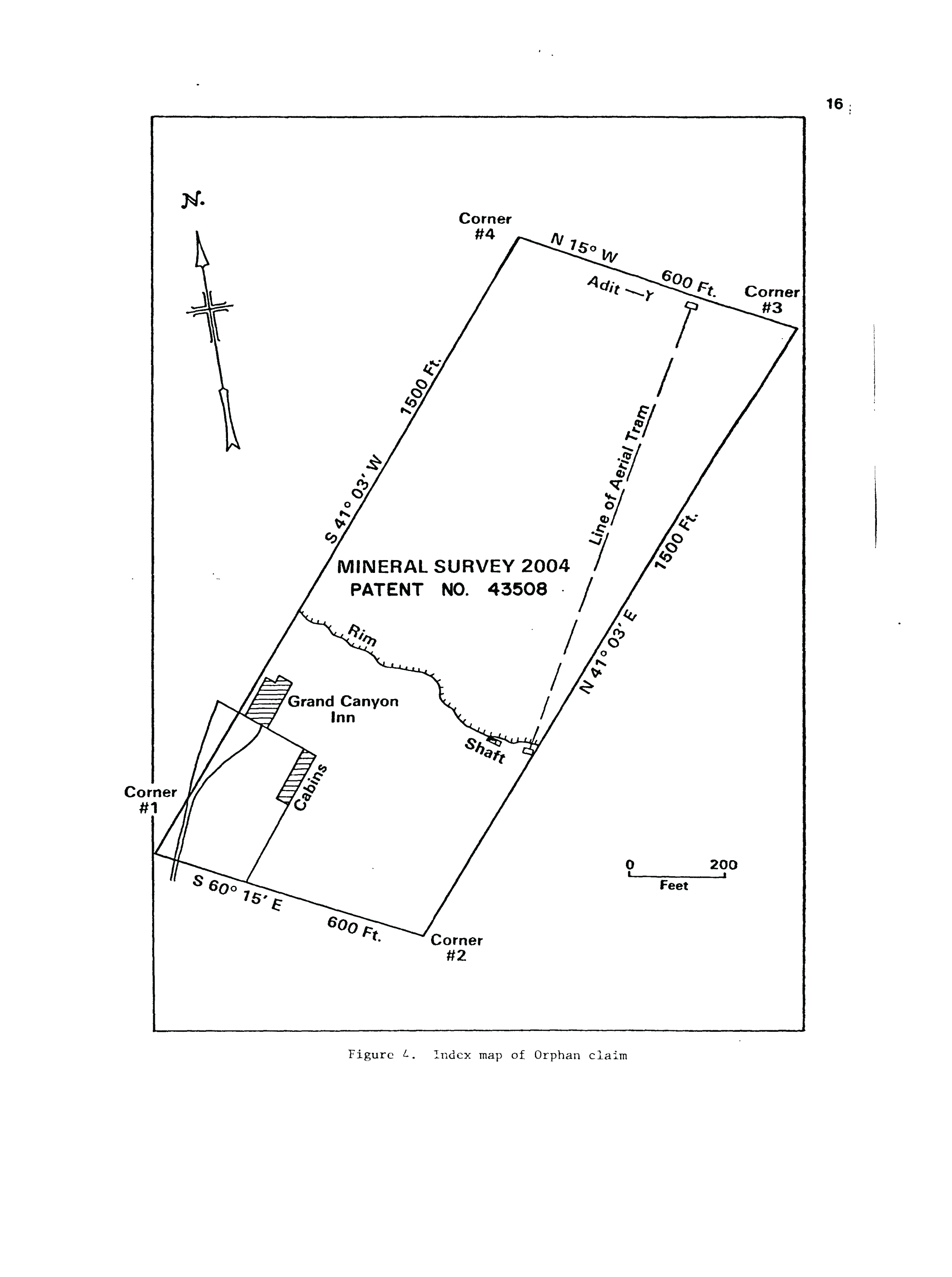01. THE ORPHAN LODE MINE - GRAND CANYON, USA
There are nearly 4,000 unreclaimed and unremediated uranium mine and mill sites in the US alone, many on tribal lands. The Orphan Lode Mine, located on the South Rim of the Grand Canyon on a popular tourist track is a site rich in minerals, natural beauty and land disputes. The South Rim, often touted as a place of pure untarnished nature, is through settler prospectors pocked by discrete industrial landscapes. The Orphan Lode Mine, permit obtained in 1893, mined through 1,000 feet of rock to extract some of the richest contents of Uranium in the nation. Grand Canyon National Park took ownership of the 26 acre site, 5 of which are above the rim of the canyon, in the late 1960s. In the years prior it had been central in a congressional dispute, when it was realized mining was extending past the claims boundaries and into the park itself. A national spectacle ensued as the role of environmental federal oversight and individual freedoms were contested. The mine and adjacent resort were closed and fenced off in 1969, becoming a barrier on the famous South Rim Trail. The Havasu Tribe, one of the only tribes with remaining land claims within park boundaries, worry today that contaminated soils might eventually affect their sources of water several miles downstream. Partially reclaimed in the early 2010’s, work remains incomplete.
The thesis develops a proposal and speculation for the remediation of this site, unusable in its current state. Through past governmental proposals for disposal cells, the image of the mound as architecture was perverted by its implications in modernity. The question is raised, how might a new generation of government sponsored reclamation mounds humanize and make sacred once again this type.
























